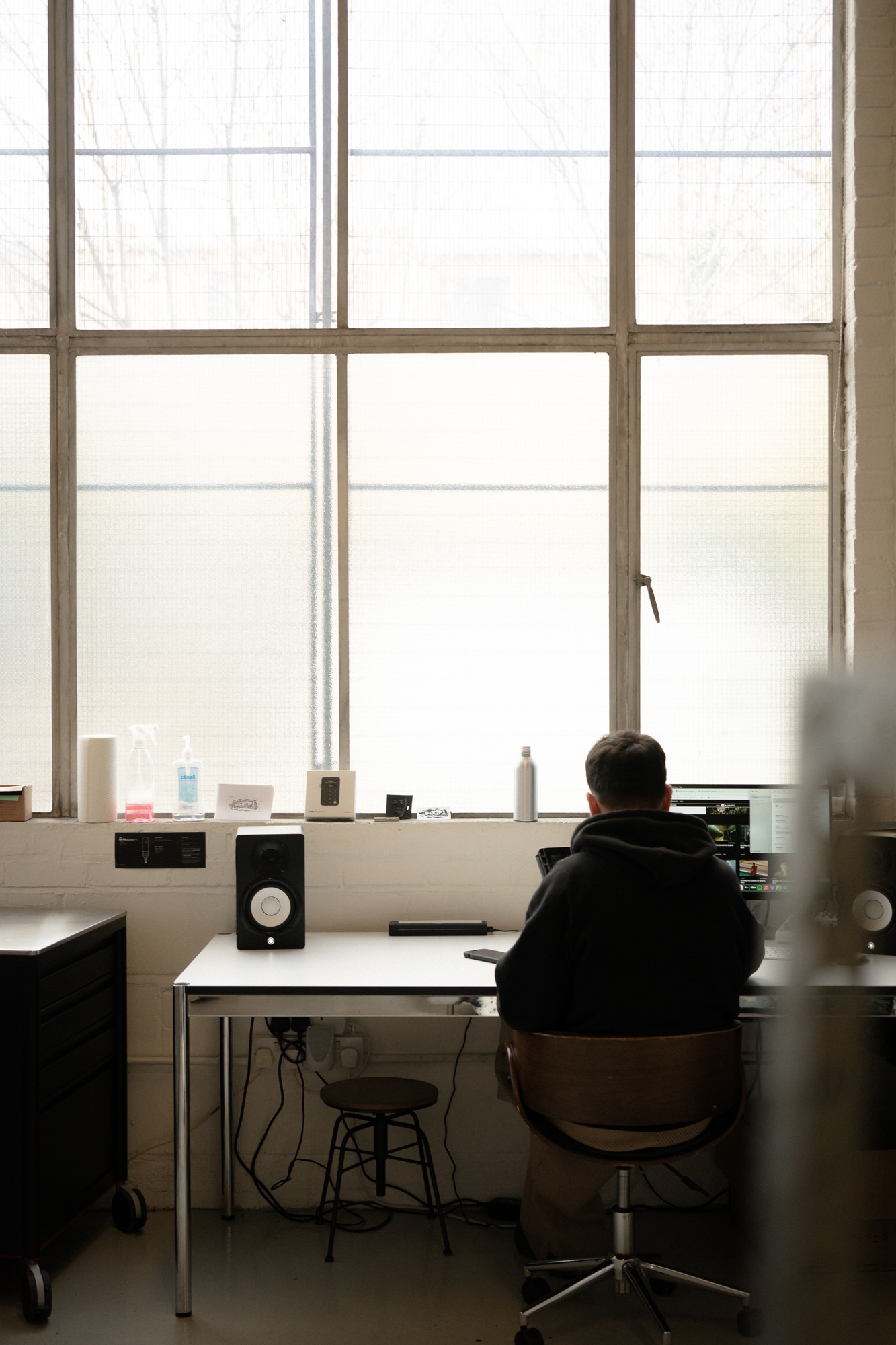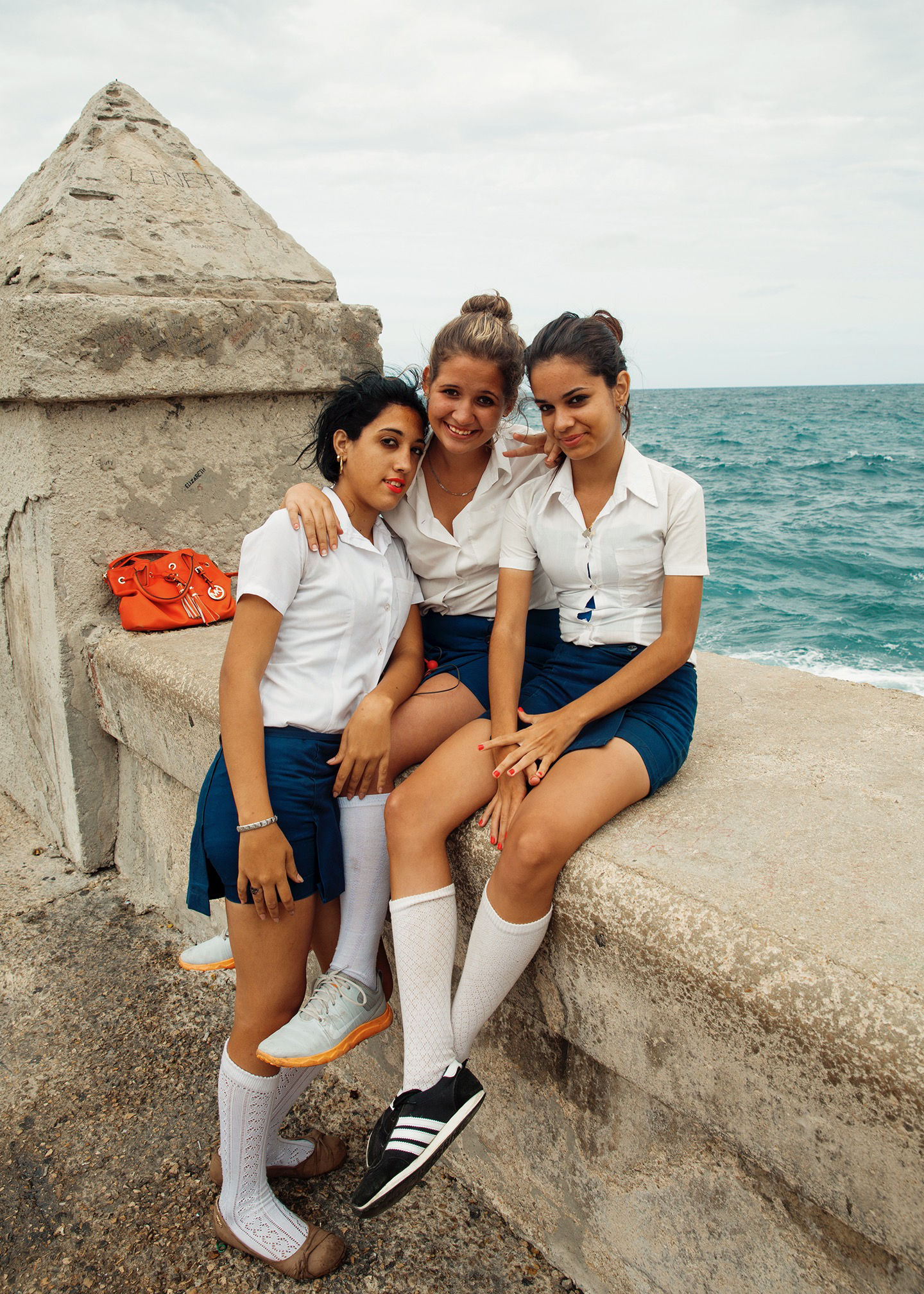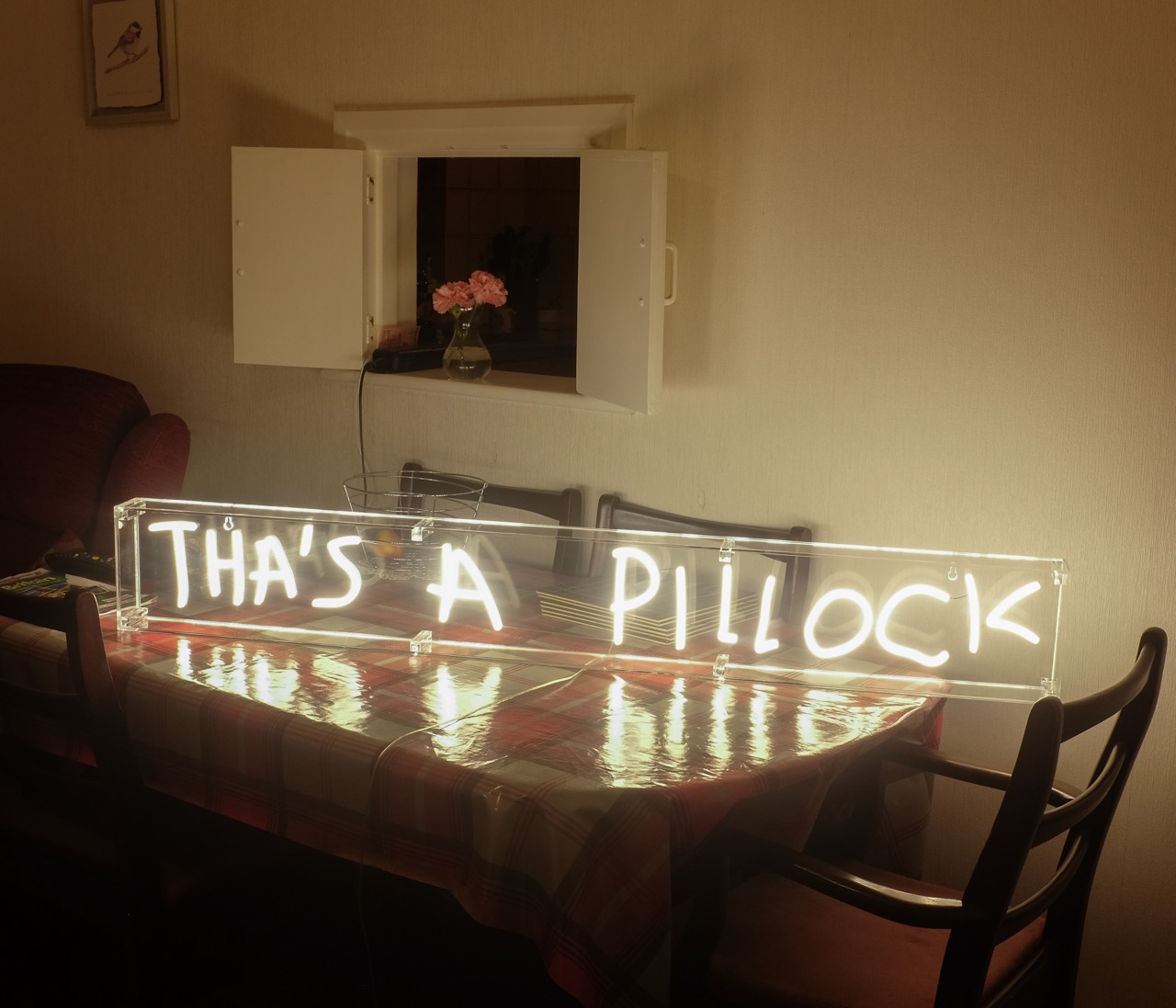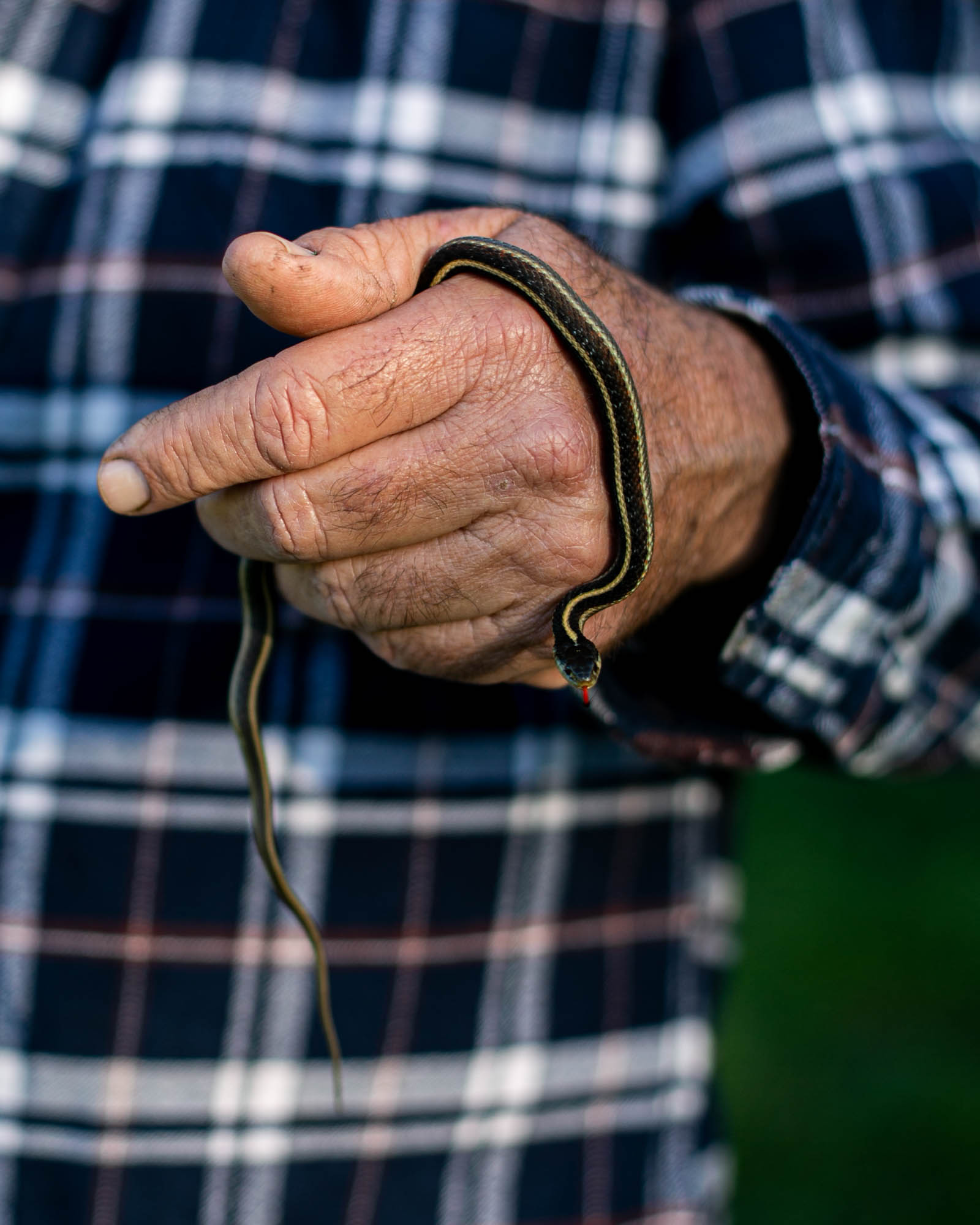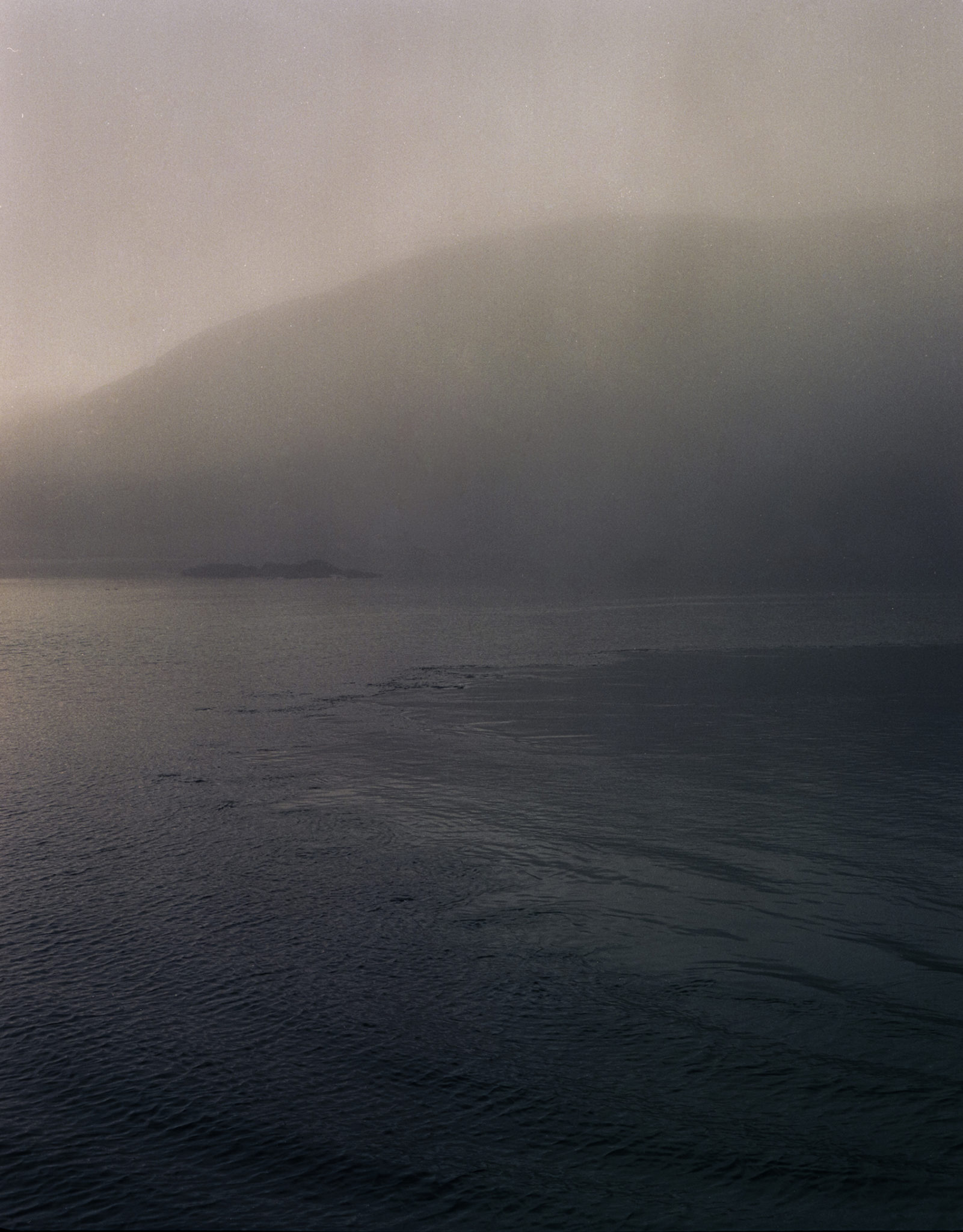Diogo Rodrigues, aka XYZ, is a London-based artist whose multimedia practice encompasses a range of disciplines. Hailing from Northern Portugal, he originally studied sculpture, though today, focuses predominantly on illustration and tattoo art, as well as, more recently, textiles and printing techniques, drawing on a wide range of influences, including traditional Japanese artwork and tribal imagery from across the globe.
We recently caught up with Rodrigues at his studio in East London to talk through his process, practice, and workspace, and the symbiotic relationship between all three.
When did you first become interested in drawing?
I’ve always drawn pretty much since I remember. In nursery, I can remember drawing pictures of superheroes and, as I grew older, my brother used to draw really nice pictures of made-up cars and supercars - our dad was a mechanic so that was the theme - and I also tried to do that too but I was always more drawn to figurative drawing. Both me and my brother used to draw all the time even though there was no one with any kind of artistic or creative input in the family.
How has your background in sculpture, impacted your practice?
It's weird because my style of drawing was never really related to my sculpture practice as I used more raw materials when I was studying sculpture in university (weed, concrete, glass). It's only recently that my drawings have a bit of influence from the sculpture background, maybe when I started incorporating sculptures or ceramics in my drawings and more recently adding a bit of texture through shading and creating some kind of 3d illusion.
You have an eclectic mixture of objects in your studio (masks, books, work from other artists, etc) can you tell us a bit more about these? Are they sources of inspiration?
Yes, absolutely. I’m drawn to these objects. I bought some of them when I was travelling in different places, or they were given to me by friends. I take a lot of inspiration from the books that I have at the studio as I tend to draw things that capture my attention, and that's also what makes me pick up a book or an object in a shop.
Can you tell me about any other influences, (other artists, music etc.)
I pretty much always have NTS radio on when I'm at the studio, there's a good and wide variety of shows there that keep me company while I'm working.
Other artists that inspire me in different ways are Ricardo Passaporte, Tiago Evangelista, Alfie Kungu, and Luciano Calderon, as well as tattoo artists, Luke Macintosh, Elliott Gamer, David Schisser and Bitch Ink.
For you, what are the most important elements of a good workspace?
For me, it has to feel comfortable so I kind of try to replicate what home feels like to me in my workspace. A place where I feel comfortable working, but where I can also be relaxed so music is really important, of course, and good natural light. Having a sofa in the studio is also quite nice because it means I don't have to work at the desk all the time and then having some display objects, like rugs, throws and prints, also makes me feel more comfortable and cosy.

-
Find more of Diogo's work here.
Photography: Josh Bright.
